I remember the first time I picked up a bottle of Rodinal. I was looking for HC-110, but it was the weekend, and all other shops were closed in Montreal. I grabbed a bottle of Rodinal on the shopkeeper’s recommendation and nearly ran back home to start developing.
The shopkeeper sold me on the fact that it was a classic developer that would create grainy, but sharp images. Most other developers on the market are designed to make film images look as clean as possible, but this one would give the black and white negatives that classic look that we go back to film for in the first place.
I constantly recommend Rodinal (sold as Blazinal up here in Canada) to new film photographers for a number of reasons. It’s the longest-lasting film developer on the market, is great for pushing, and creates some of the sharpest negatives possible.
This is the world’s oldest film developer that is still in production for a reason. It fell out of favor in the 1920s and ’30s, when D-76 came out and made film images look smooth and fine-grained. But with the modern, high-speed, fine-grain films we have today, the sharper grains that are created by Rodinal are no longer an issue.
In this article today, we’ll be talking about why Rodinal is the best film developer for new photographers. So if you’re looking for your first film developer for developing black and white at home, this is it.
What is Rodinal?
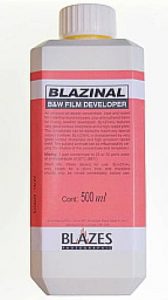
Rodinal is a black and white film developer made using p-aminophenol. It is so stable at room temperature, that some photographers have found and successfully used 100-year-old bottles of the developer. (See Shawn from Attic Darkroom develop film with a 50-year-old bottle of Rodinal here)
The original formula was produced by Agfa in 1891. Since then, there have been a few different formulations, playing with different ingredient ratios, but at least the results have been essentially the same as the original formula made by Dr. Momme Anderson.
This developer is known for creating classic-looking grainy and sharp negatives. You can see a side-by-side comparison of Rodinal with other classic developers here. In the negatives, you’ll notice that Rodinal develops film slightly more contrasty than other developers like DD-X or Black, White, & Green.
Today, since the patents have expired, Rodinal is made by a number of manufacturers. In fact, you can easily make it at home following the recipes in this article.
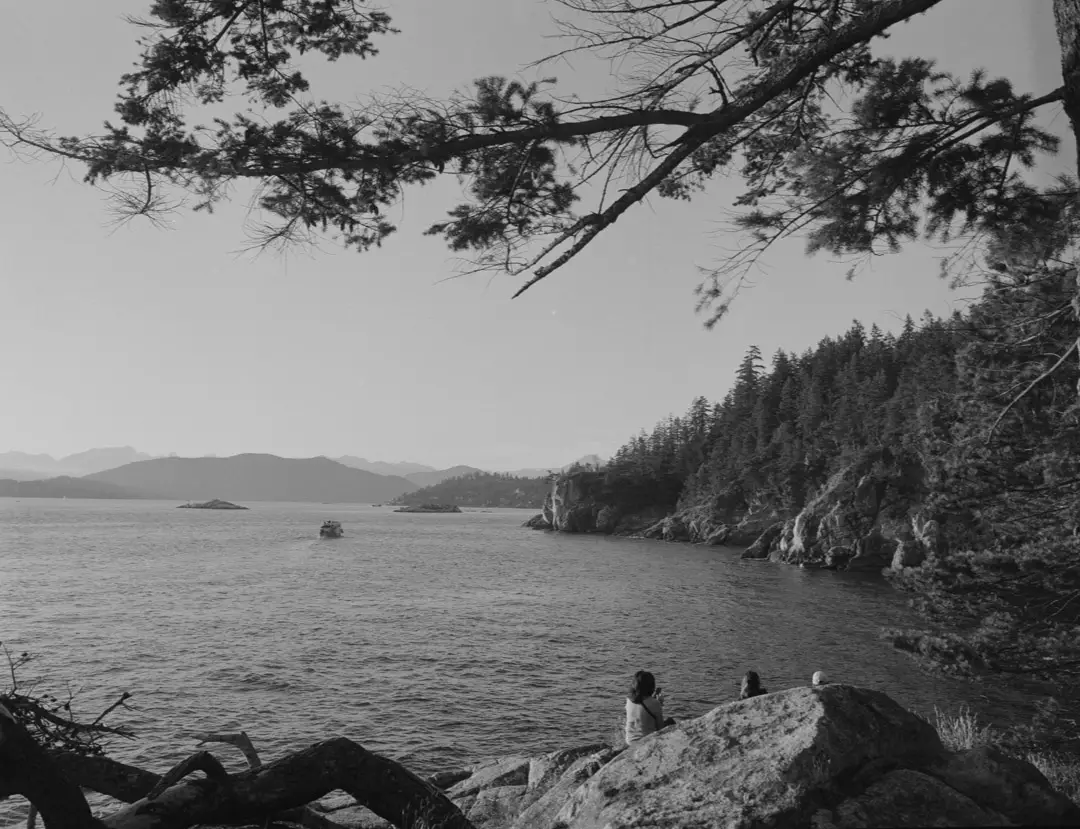
Why is Rodinal the best film developer for beginners?
The reason new film photographers should make Rodinal their first film developer is partially for the looks, but also the reliability of this developer.
Since this is the most common black and white film developer on the market, there are recipes for using Rodinal with nearly every black and white (and even color) film. No matter what you’re shooting, or how far you’re pushing/pulling, this developer will work for you.
Rodinal is also cheap and has such an incredible shelf life that if life goes on, or you put down the camera for the winter, you’ll be able to come back and develop again in 6 months or a year without worrying if the chems have gone off. Though If you wait that long, you will have to purchase another bottle of fixer if you don’t store your chemicals properly.
Rodinal also creates the classic grainy look that most photographers get into film for — the kind that feels coarse and gritty enough that you could almost feel. Sure, you could just add grain in Lightroom, but the images feel way better when the grain is natural rather than simulated.
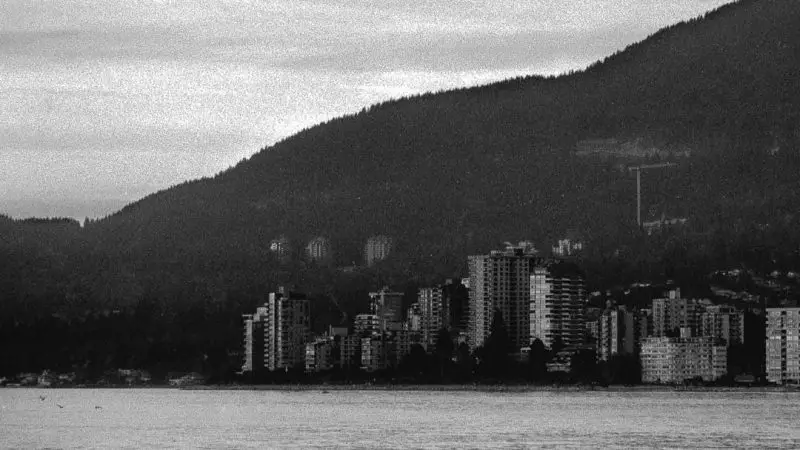
Is Rodinal good for pushing and pulling film?
While Rodinal is not the best developer for pushing and pulling film, it is a good choice for many photographers. The main reason that Rodinal is a good developer for pushing is because of the number of pushing and pulling recipes available on the Massive Dev Chart.
The best way to push film with Rodinal is to use a technique called Stand Development. This is when you use Rodinal with a large dilution, like 1+100, and leave it to stand in the developer for an hour or longer.
Stand developing with Rodinal will decrease the contrast, as the developer exhausts itself in the highlights, and has extra time to find developable grains in the shadows. It’s a technique that can bring a lot of detail out of images that have been pushed 2 or more stops above their box speed. Learn more about stand development in this handy article.
The truth is that Rodinal will not push as well as Microphen or the Thornton two-bath developer. But if I want to push one or two rolls of film, I’m not likely going out to purchase a developer specifically for that purpose.
Rodinal fits the bill perfectly because it can do a little bit of everything. Then if you find yourself loving the results of pushing film, you can go out and get a specialty developer — your bottle of Rodinal will always be there ready and faithful.






What’s the difference between Rodinal and a fine-grain developer?
Fine-grain developers received the most funding through film history with the hope that they would increase image resolution by reducing the appearance of grain on the negatives.
These developers are also known as solvent developers because they contain a solvent that eats away the edges of the film grain. But while reducing the appearance of grain on the negative, it also reduces the sharpness.
The solvent effect is usually subtle. But developers like D-76 (or Ilford’s ID-11, which is a D-76 clone) will reduce the sharpness significantly. In this comparison, the images lacked so much sharpness that I actually had to rescan D-76 to make sure it was in focus.
Rodinal is one of the only developers on the market that doesn’t contain any solvent to reduce the size of the grain at all. Some film photographers think it even increases the size of the grain, which isn’t physically possible.
So if you need to make an image on film with smooth grains, then Rodinal isn’t likely the best option. But it’s perfect if you need a classic 1970s look in your photoshoots.
Learn more about film developers that increase sharpness here. Or learn other ways of reducing the appearance of film grain in this article.
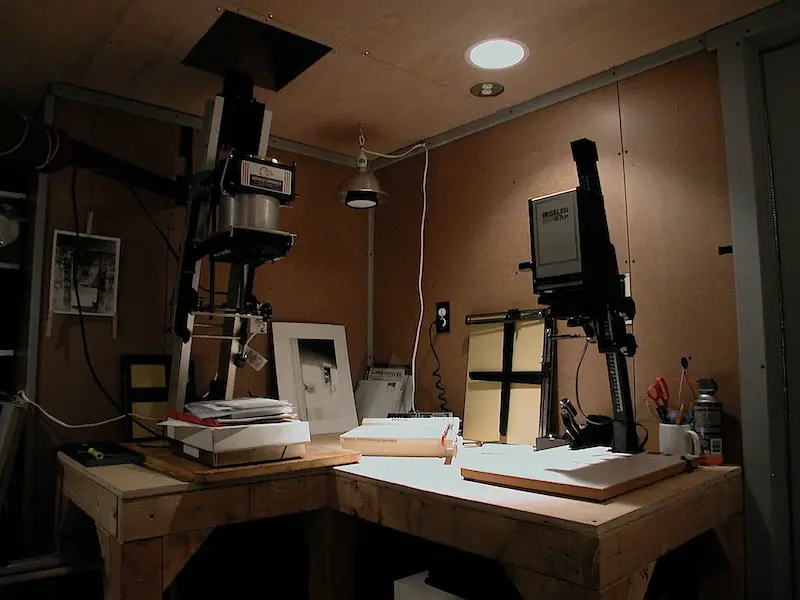
Can you use Rodinal as a print developer?
It is possible to also use Rodinal to develop your prints. But you will have to expect to see lower contrast than Ilford Multigrade paper developer unless you use a smaller dilution, like 1+15 or 1+20.
Rodinal will do a good job as a print developer, but it might not be the most economical solution considering that you will need to use more of the solution. But I’ve used Rodinal as a print developer in a pinch without issue.
Is Rodinal eco-friendly?
Rodinal in its undiluted state is not eco-friendly. But if used appropriately and diluted, this film developer does not pose a risk to the environment. Make sure to never dump Rodinal undiluted into rivers, streams, ditches, or other places that lead to water, as this can cause severe damage to aquatic ecosystems.
However, after using Rodinal in its developed state, the risk is severely diminished, if even detectable against background levels in the environment.
The best way to dispose of Rodinal is to neutralize it in a stop bath or to collect the developer in cat litter and dispose of it in solid waste.
But even despite this fact, I still see Rodinal as an eco-friendly film developer. The reason for that is its long-lasting nature. Other developers contain similar, if not more harmful chemicals, but they also expire within 6 months after opening if they aren’t used.
There is no bigger damage to the environment than toxic ingredients that go unused.
Final thoughts
I don’t know a single film photographer who doesn’t have a bottle of Rodinal on their shelf at home. Since this developer is economical, has the most recipes online, and never expires, there is simply no reason not to have it on hand.
Rodinal is also the perfect developer for new film photographers. It wasn’t the first developer that I used at home, but once I got a bottle in my hands, I never went back.
I use Rodinal mostly when shooting at box speed, or when I need an extra kick of sharpness in my photographs. That makes it great for landscapes and portrait shoots alike.
Have you tried out Rodinal? What are your impressions of using this film developer? Let me know down in the comments below!

By Daren
Daren is a journalist and wedding photographer based in Vancouver, B.C. He’s been taking personal and professional photos on film since 2017 and began developing and printing his own photos after wanting more control than what local labs could offer. Discover his newest publications at Soft Grain Books, or check out the print shop.

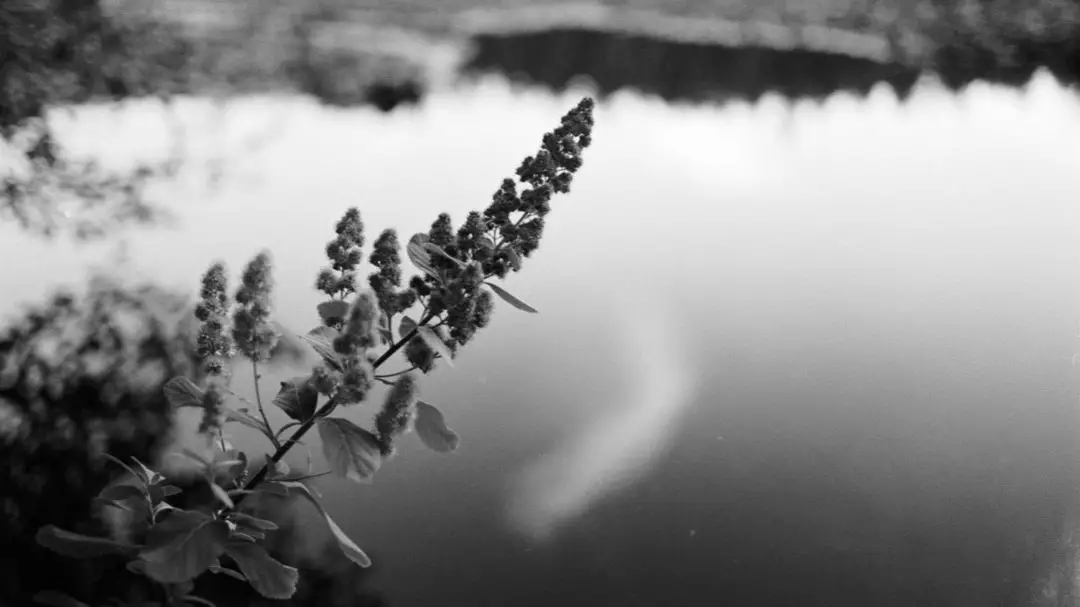

Recently my only developer. 🙂
I just started with film photography about a year ago and didn’t learn much yet. I grabbed R09 (version made by Foma) because it’s local and was cheap. I developed around dozen films (35 and 120) via semi-stand development process and like it. Next developer I’m planning to test is caffenol. 🙂
Cheers,
Petr